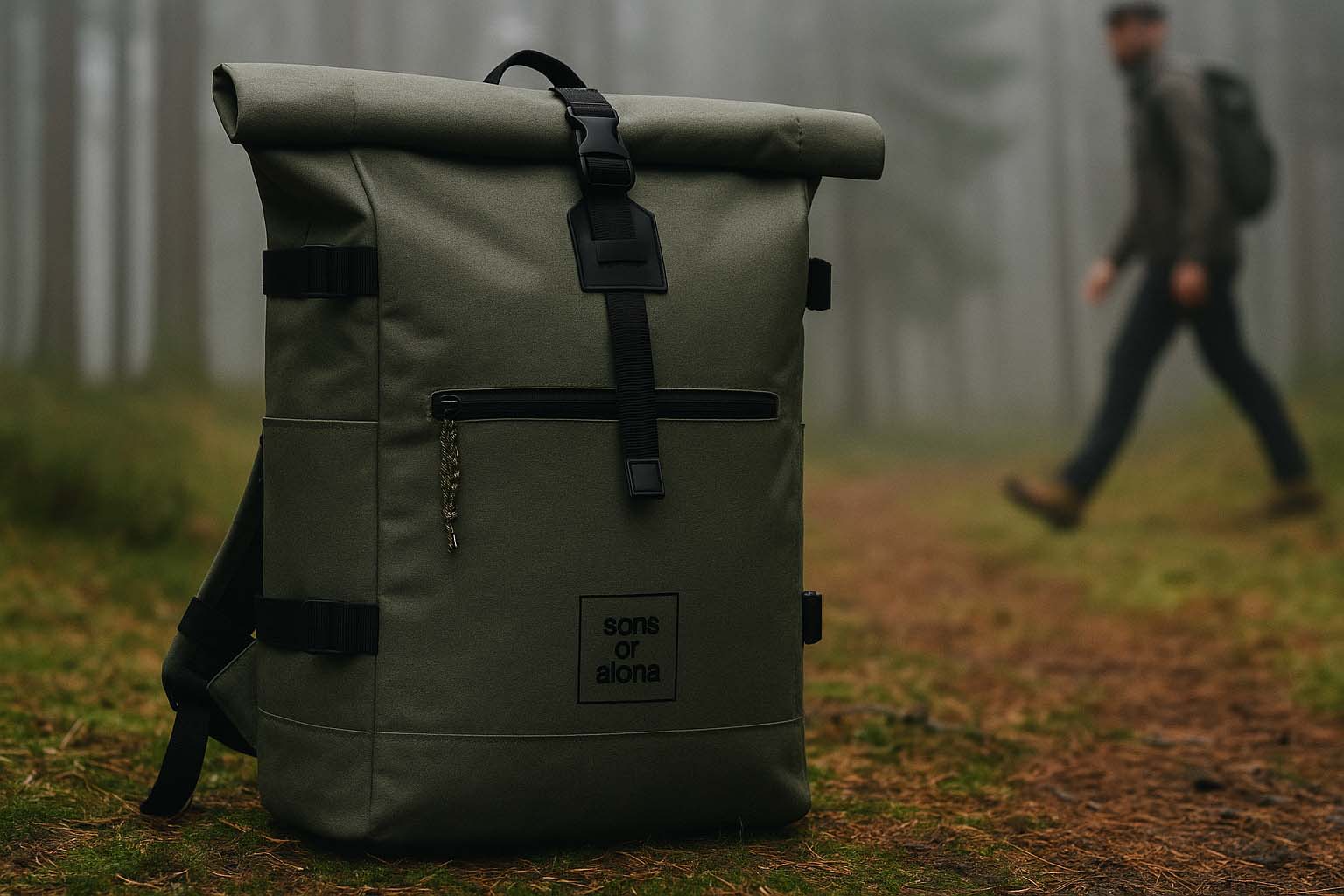Every year on the third Saturday in September, millions of people around the world gather to pursue a common goal: ridding our planet of trash. World Cleanup Day is a global movement that reminds us how important it is to protect our planet. But what actually happens to all the collected plastic waste?
Many of us are familiar with the problem: plastic waste pollutes our oceans and landscapes, harms animals, and takes hundreds of years to decompose. But what if this waste could not simply be disposed of, but transformed into something new and useful? This is where upcycling comes in, a form of circular economy that transforms waste into high-quality products.
One of the most impressive examples of this principle is the production of backpacks from recycled plastic. The process is fascinating and demonstrates how innovation and sustainability go hand in hand.
The transformation: From plastic waste to backpack
1. Collection and transport: It all begins on World Cleanup Day and beyond, when hardworking hands collect plastic bottles. These are delivered to specialized recycling facilities, where they become the starting point for something new. Every container collected counts and contributes to making our environment cleaner.

2. Sorting and pressing: At the recycling plant, the plastic bottles are carefully sorted by color and type. This is the only way to create a high-quality end product. Once sorted, they are pressed into large bales. This saves space during transport to the next processing stage.

3. Shredding and cleaning: The compressed plastic bales are opened, and the bottles are shredded into small, uniform pieces called flakes. The flakes are then thoroughly washed to remove all labels, caps, and adhesive residue. They are now ready for the next step.

4. Melting and producing yarn: The cleaned flakes are melted in a special machine until they become a thick mass. This mass is pressed through fine nozzles, creating thin, continuous threads. These threads are then spun into a polyester yarn, which forms the basis for the fabric.

5. The finished product: The recycled yarn is woven into a robust and durable fabric. This fabric is then transformed into patterns by designers and sewn into a high-quality backpack by artisans. Thus, a carelessly discarded item is transformed into a stylish and sustainable accessory that tells a story of circular economy and environmental protection.

World Cleanup Day is therefore not the end, but the beginning of a journey. It inspires us to reflect on our consumption and choose products that have a positive impact on our environment. By choosing a backpack made from recycled material, we not only support companies committed to a sustainable future but also actively contribute to reducing the amount of plastic waste.
Let us use this day as an opportunity to live more consciously and show that garbage does not have to be the end, but the beginning of something new.





Share:
Sustainable habits for autumn: cozy and environmentally friendly through the season